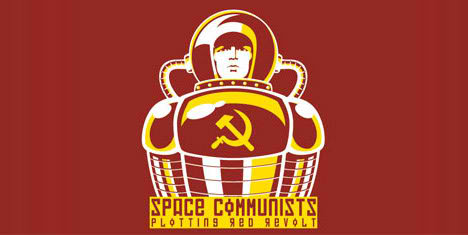
Image Source: Ebbe
Brian Clark from Teaching Sells has this interesting story on simplicity:
Back when NASA started launching manned spacecraft in the 1960s, they found out that the astronauts couldn’t use pens to write with while in space. The ink wouldn’t flow down through the pen in a zero-gravity environment. NASA decided to retain a man named Paul Fisher to design a pen that would work in space.
A mere $1.5 million later, they had a solution. NASA now had a pen that worked in zero gravity, in a vacuum, and in a drastic temperature range. The Russian cosmonauts had the same problem, of course. So they used a pencil.
The zero gravity pen story is not true but it does make sense, when the USSR collapse, the cash strapped Russians offer some of their space technology to the Americans, what amazed NASA the most is the simplicity of the Russian space technology, for example the Russian’s orange colour space suit is lighter, durable and cheaper than the American’s white space suit.
“We often expend large amounts of time and effort creating elaborate solutions to problems,” said Brian Clark, “when a simple answer is right under our noses.”
Alvaro Siza’s Galicia Museum of Contemporary Art architecture form appears complicated yet artistically arranged. Simplicity is beautiful, simplicity means less is more, it means less is sexy…
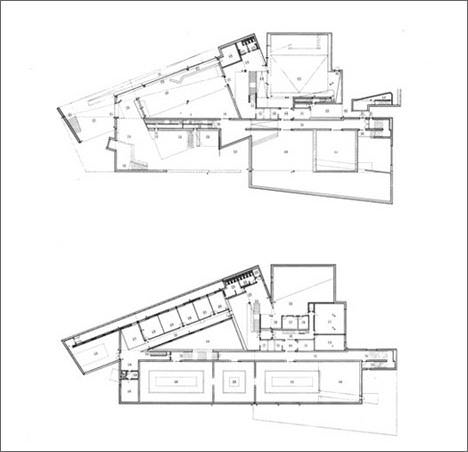
Image Source : From the book ‘Alvaro Siza’ (1999, Philip Jodidio)
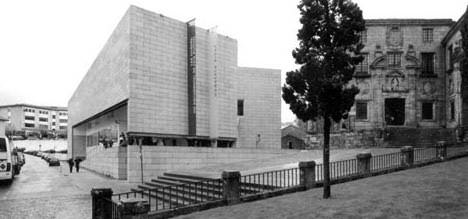
Image Source : From the book ‘Alvaro Siza’ (1999, Philip Jodidio)

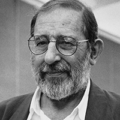
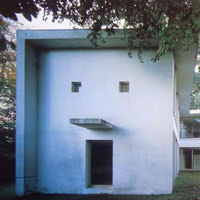
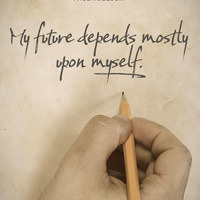

Re: The Zero Gravity Pen
The REAL Fisher Space Pen® Story:
When the astronauts began to fly, like the Russians, they used pencils. But the lead sometimes broke and became a hazard by floating in the [capsule’s] atmosphere where there was no gravity. It could float into an eye or nose, or cause a short in the thousands of exposed electrical connections in the spacecraft. Since the fire on Apollo 1, which three Astronauts died, NASA required a writing instrument that would not burn in a 100% oxygen atmosphere.
In the early sixties, NASA approached Paul C. Fisher, who was familiar with the problems of the early ballpoint pens leaking and drying out, to develop a pen that would not have any of these problems. Fisher did not think that this could be done and told them so. Soon afterward, he had a dream; he started working on a pressurized pen with a sealed cartridge. This led him to develop the first successful pressurized pen. It took several years and many experiments. Paul C. Fisher estimates that he spent over one million dollars of his own money. By July 1965, when NASA approached him again, he was ready.
Fisher sent the first samples to Dr. Robert Gilruth, Director of the Houston Space Center at the time. The sample Space Pens were thoroughly tested by NASA, and passed all tests. In December 1967 he sold the first Fisher Space Pens to NASA for $2.95 each. NASA began using the Fisher AG-7 “Anti-Gravity” Space Pen on the October 1968 Apollo 7 mission.
Now the Space Pen® goes wherever life takes you! Unconditionally guaranteed to write at any angle – even upside down. The Bullet Space Pen® compact size, makes it small enough to fit in pocket, backpack or purse. Used by law enforcement, search and rescue, fire fighters and military. A must for camping, boating and fishing enthusiast everywhere, on earth and in space.